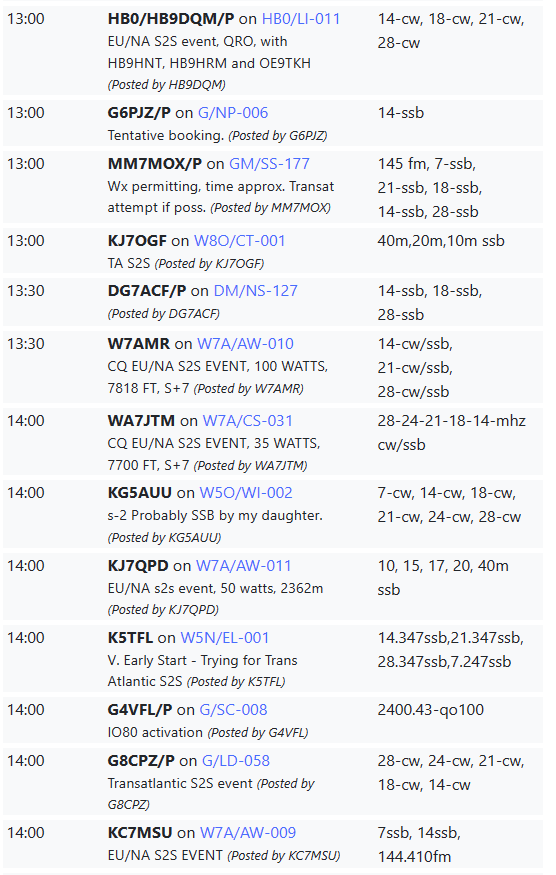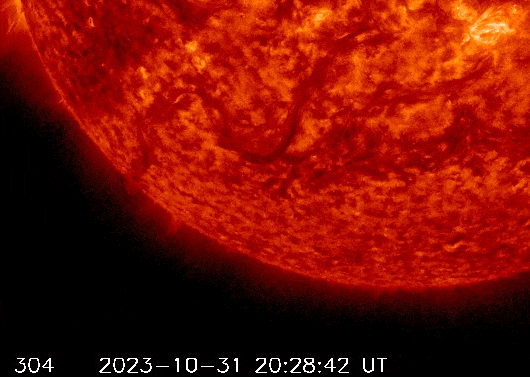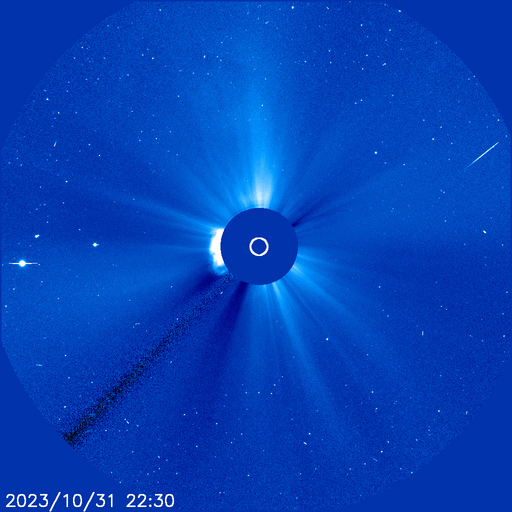Yes, it’s hard to say how much mutual induction occurs in the inactive antenna due to the active antenna ~3m away and how much de-tuning or distortion to the radiation pattern this leads to in the latter. I’m guessing it’s a second-order effect. Your modelling seems to support that. I understand an antenna’s impedance is affected by close proximity of conductive materials so each time I switched antennas I re-ran the ATU which should have helped the z-matching.
Hi Andy,
A novel way of scripting the antenna test - very amusing.
One additional question - were the comparisons on received signals or radiated signals (or both)?
Can we simply assume that if one antenna is best on receive, it will also be the better choice for radiating your signal? My experience says “not always” I’ve had antennas where they had similar performance on receive however received a several S-points different report on transmit from a remote station.
I presume the abbreviation EFHW is being used as an end-fed-half-wave here, MFJ use it for “end-fed-horizontal-wire” interestingly, so that a random wire can also be an EFHW!
73 Ed.
It was receive-only for practical reasons: transmit comparisons would involve either a) trying (in Morse) to ask hams/activators to do an A vs B antenna test or b) listening to my own signal on a N/A internet SDR using a tablet PC - which I don’t have - plus internet connection on summit. I also had limited time.
As you say there isn’t always symmetry between Tx and Rx performance (because it involves both yours and the chaser’s antenna, tx power, etc) but in my experience they are usually highly correlated when I average and compare reports sent with reports received over many QSOs on a given band.
The exercise was never intended to be a comprehensive all-bands, multi-location comparison like one might read about in a ham magazine but a bit of fun for a few hours (I hope I conveyed that) at the very spot I’ll be activating on Saturday, and was better than simply guessing which antenna would be better for 10m and 15m.
BTW: The widely accepted usage for EFHW is where the H stands for ‘half’ not ‘horizontal’.
Thanks for the extended clarification Andy,
I had presumed it was a receive-only test, for exactly the reasons you quote. It is also good to get out to a location to check out the physical lay of the land before the S2S event.
I also interpreted EFHW as End Fed Half Wave and was surprised to see MFJ trying to redefine the abbreviation to End-Fed-Horizontal-Wire.
73 Ed.
I guess there will be a mix. I’m going to a summit where there will be members of the public so I will be using a pole mounted vertical based on an M1ECC slidewinder which has 4 x 5m counterpoise wires so the footprint on plan is relatively small. I will be close by and should be able to control access to the antenna. Hopefully I won’t have too many visitors… looks like the WX might decide. ![]()
Centre loaded 5m vertical will be probably #1 choice. (See Testing a new antenna. (GM/SS-125))
Resonant on 20m so I can use it with a small PA to about 30W
It will tune with KX2 ATU no probs on 17-10m but I can only run 10W then.
10/12m 1/4wave GP where I can run the PA to about 30W.
Backup 40/30/20/17/15/12/10 EFHW limited to 10W.
Of course it all depends on the WX which is currently predicted to be light showers to light rain.
Looks like there is going to be a good turn-out (Wx permitting of course):
Good luck all - Ed DD5LP.
I won’t be alerting until friday night, I have to wait and see if I will be working or not.
I’ll be on 10-40m 10watts on FT8 and maybe JS8 if there is interest. Anyone else planning to do digital?
Propagation is tentatively looking good. Yesterday morning, on the first activation of Wrights Peak, W4V/FC-035, I worked many more chasers in EU than usual – 14 on 17 m CW, one on 20 m CW – some quite strong. Better still, @G8CPZ stopped by on that band, evidently during his antenna testing above, for one of very few NA-EU S2S in my logs.
My second summit yesterday, Johns Creek Mountain, W4V/FC-008, was late enough that EU had gone to bed (except of course @F4WBN). However, for that summit, a shorter hike, I packed a mobile HF rig and a 15 A-h battery to experiment with the high HF bands, which my trail rig doesn’t cover, and mild QRO, in preparation for the 4th.
Apart being from my first activation on 10, 12 and 15 m, the main thing it accomplished was reminding my back why it likes QRP so much.
I just bought a 10m Moxon (I really wanted to build one but time is tight these days) and plan to bring that and a OCF for lower bands and a 50w Hardrock amp for CW and SSB with the KX2.
These Trans-Atlantic S2S events are my favourite ham radio activity and I’m really looking forward to this.
Not sure if I’ll have time to find an appropriate spacer for my otherwise complete Moxon before this weekend, but I’m optimistic even if I end up needing to use the EFHW. I’m usually summiting too late to get any Europeans, but for the first 30 mins of my activation of Coyote Peak a couple weekends ago I thought I might end up with more Japanese folks in the log than Americans.
Hi Arthur,
It might help a little that the EU/UK put their clocks back an hour last weekend, so activators over here stay on what seems like an hour later for you (of course whether the propagation is still there, remains to be seen).
Ed.
Unfortunately it looks like the weather will be terrible in my area on Saturday afternoon. Let’s hope something changes in these days, otherwise I won’t be able to be on some summit for the event, I’ll have to limit myself to an early morning activation. Good luck to everybody!
73 Fabio
I didn’t intend to do any QSOs during my A vs B antenna testing but when I heard you Matt, I couldn’t resist going back to you [as a dry-run for Saturday].
But, to my horror the KX2 paddles were playing up (or so I thought). Some of the letters were coming out wrong, even the C in my callsign was a K. So embarrassing, you must have thought I was an idiot.
After our QSO I plugged in the Palm Pico paddles but the problem was still there. Then I checked the KX2 settings and found that somehow the iambic mode setting had gone from ‘B’ to ‘A’. I had to laugh.
As a side note, it shows NA-EU S2S’s are doable with 10W CW on the right bands with a half-decent antenna and good prop condx.
Not at all. The CW activator in me immediately recognizes and empathizes with the telltale signs of paddle malfunction, cold fingers, annoying insects, etc…
Yes and good thing too. On Wrights Peak I was running 5 W from a TR-35 to a linked-dipole, hung from a tree in an inverted-V with the broadside toward EU. With a round-trip hike of 9 mi =14.5 km, QRP was the only way to go!
Activation based at the Echo hut CANCELled! ): Today it was decided that our large group will not go to the hut, due to the drying up of the water source of the hut after the long drought in summer and autumn! I’ll think of an alternative, but the forecast for rain and thunder on Saturday now seems bad!
I will be QRV from El Yunque in Puerto Rico under my US callsign KP4/K0YT, focusing on 28 MHz with Quad and 50 Watts.
73 de Fredi, HB9BHU
What time do you expect to be QRV? I will try 10m between about 1500 to 1700 UTC with 50W.
Only issues are the possibity of a CME arriving on the 4th and the rain and wind. But I will try if I can. ![]()



